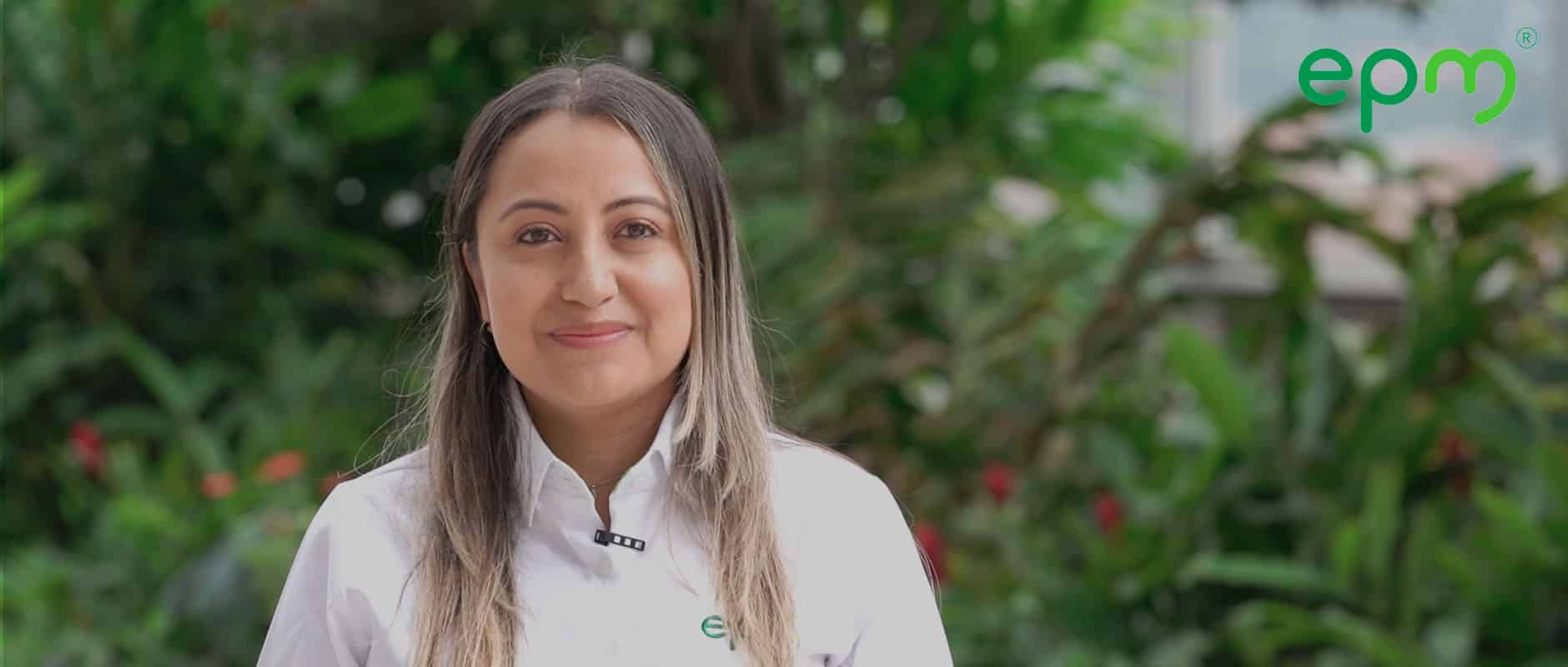Water treatment expert Julie Andrea Arteaga Carrera shares her insights on tackling harmful algae blooms with LG Sonic’s groundbreaking ultrasonic technology, ensuring cleaner and safer water.
In a recent interview with Julie Andrea Arteaga Carrera, an expert in water treatment, she sheds light on the pressing issue of algae blooms and cyanobacteria, and how LG Sonic has successfully tackled the problem for Empresas Públicas de Medellín (EPM), one of Colombia’s largest utilities companies.
Carrera, who boasts an extensive background in water treatment and management, has closely monitored the rise of harmful algae blooms and cyanobacteria in the water bodies managed by EPM. These water sources play a critical role in supplying clean water to 3.6 million people living in 123 municipalities in Antioquia, including Medellín and the Valle de Aburrá Metropolitan Area. According to her, the concentrations of these harmful substances are reaching worrying levels, exceeding the guidelines set by the World Health Organization.
“One of the main problems that we see reflected in our reservoirs is that due to the environmental pollution that occurs in the basins or tributaries of the reservoirs, we get a lot of solid waste, we get all the pollution load that comes from the big cities and this determines the environmental quality that we have inside the reservoirs” explains Carrera. She further emphasizes that in Colombia, they do not have internal regulation associated with cyanobacteria, but EPM do resort to international alignments as to reference the quality status of their reservoirs.
Given the growing concerns surrounding algae blooms and cyanobacteria, EPM was in dire need of an effective solution to safeguard its water resources. This is where LG Sonic stepped in, offering its innovative technology to combat the problem head-on.
Carrera is highly impressed with the impact that the MPC-Buoy system from LG Sonic had in the fight against harmful algae blooms and cyanobacteria. Utilizing ultrasonic technology and powered by solar energy, this innovative system has proven to be highly effective in significantly reducing the concentration of cyanobacteria within the reservoirs.
However, the MPC-Buoy system does not stop at simply addressing algae problems. Carrera notes that it has provided additional benefits as well. “Ultrasonic buoys have not only helped us to control and decrease the densities of cyanobacteria within the reservoirs, but they have also allowed us to have real-time data on key water parameters such as oxygen, chlorophyll, and pH,” she explains.
EPM’s partnership with LG Sonic has been highly successful, with the implementation of the MPC-Buoy system in five different reservoirs that serve various purposes, ranging from drinking water to power generation. These reservoirs include La Fe, Rio Grande, Guatapé III, Porce II, and Porce III.
The versatility of the MPC-Buoy system has been a key factor in its success, as it can be customized to meet the unique needs of different water bodies. Through the implementation of this innovative technology, EPM has been able to address the challenges posed by harmful algae blooms and cyanobacteria, while simultaneously improving the overall water quality. By providing real-time monitoring and remote management capabilities, the MPC-Buoy system has enabled EPM to operate more efficiently and effectively, with data accessible anytime and anywhere. According to Carrera, this has been a critical factor in EPM’s success in maintaining safe and healthy water resources in Colombia.
